Difference Between Charge Card and Credit CardCharge cards and credit cards could be mentioned when examining your credit choices. Charge cards and credit cards function differently, even if they may have similar appearances. This is particularly true when it concerns monthly payments. Even while both let you buy things without cash, there are significant differences when it comes to paying for them. You can carry or revolve a debt on a credit card and pay it off as time goes on, but usually, there will be interest associated with this. Any remaining debt on a charge card needs to be paid in full by the time the monthly statement comes in. There are still more differences to be mindful of. To assist you in selecting the best kind of card for your specific requirements, we've taken a closer look at how each kind operates. 
Charge CardMeaning of Charge CardA charge card is a card that needs to be paid completely each month. In contrast to credit cards, it does not have a fixed spending limit. Instead, credit history, financial resources, and spending and payment history are taken into consideration when approving a purchase. Charge card balances have no interest and no minimum payment requirements because they must be paid in full by the due date. Depending on the terms of the card agreement, late fees, along with other penalties, could apply if the bill has not been paid on time. 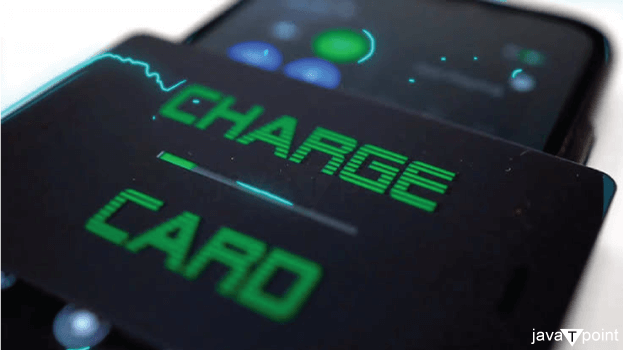
Charge cards are different from credit cards, the former are revolving credit instruments that can carry over a balance and have interest charged on it without needing to be paid in full each month. While credit cards typically come with a set credit limit, which the cardholder may not go over, charge cards are normally given with no spending limits. The majority of charge cards are given to clients with strong or exceptional credit scores and are owned by corporations, businesses, or executives thereof. It is possible to have some debt with certain charge cards. For instance, American Express offers flexible payment services to qualified cards, enabling the member to spread out the cost of some transactions. Charge cards are ideal for people who can pay their bills completely each month; nevertheless, any carrying amounts result in financial penalties. How Does the Charge Card WorkIn contrast to a credit card, a charge card has no predetermined spending limit. This can increase its flexibility by enabling you to acquire the necessary purchasing power, even if it varies significantly from month to month. However, this does not imply that you can spend as much as you like. If you intend to make a large purchase, contact the issuer beforehand to find out if they will authorize the amount you want to charge. Since you will be aware that you will eventually have to repay your debt, having a charge card will ultimately make you a more responsible shopper. You have a lot more flexibility with a credit card. Although there may be a set maximum amount you can borrow, all you have to do is pay a minimal amount each month toward the entire pending balance. Even if the thought of making smaller payments could be alluring, paying off your credit card in full every month is still preferable because interest will add to your overall debt over time. 
However, if you require more time to pay off your account, a credit card can be a better option. Using a card that has an introductory 0% APR offer on purchases can help you avoid paying interest for a while. The typical duration of these offers is between six months and over two years. This kind of grace period is nearly unattainable when using a charge card. Effect on Credit ScoreYour payment history, regardless of whether you use a credit card or a charge card, is shared with Equifax, Experian, and TransUnion, the three credit agencies. Charge cards can help you improve your credit score if you use them responsibly, but their effects are different from those of regular credit cards. 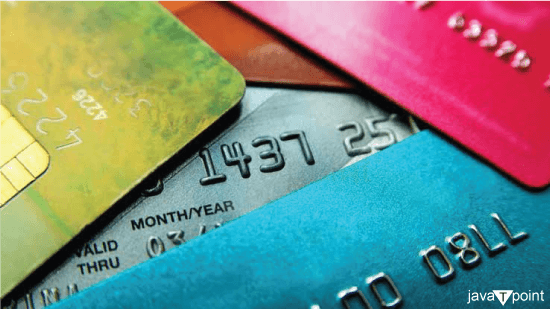
Payment history and the breadth or depth of your credit history are two elements that are weighted in the calculation of your credit score when it comes to charge cards. Charge cards can help you establish good credit habits by encouraging you to utilize them as intended as well as pay off your debt in full each month. High charge card balances, therefore, have no effect on your ratio of credit utilization, which could save your credit score in the event that you need to make a big purchase. For instance, utilizing a charge card instead of a credit card with a $12,000 limit is a terrific method to avoid the consequences of spending $10,000. Credit CardMeaning of Credit CardWith a credit card, users can make purchases, obtain cash advances, and access other financial services. Credit cards are typically issued by banks. Using the card results in debt that must be paid back later. Credit cards are among the most popular payment methods utilized worldwide. 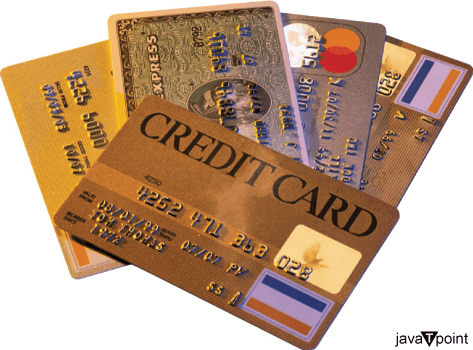
A credit card is a small, rectangular piece of metal or plastic that is provided by a bank or other financial services provider. Cardholders can use their credit cards to borrow money to pay for products and services from businesses that accept credit cards. Credit cardholders are required to repay the borrowed funds in full by the due date for billing or over time, together with any relevant interest and any other costs that were agreed upon. Credit card issuers may additionally offer their customers a second cash line of credit (LOC) in addition to the regular credit limit. This allows customers to borrow funds in the form of cash advances, which they can access through ATMs, bank tellers, or credit card convenience checks. When opposed to transactions that use the primary credit line, these cash advances usually have different terms, like as no waiting period or higher interest rates. Typically, lenders set borrowing restrictions according to a person's credit score. Credit cards, which continue to be one of the most widely used payment methods for acquiring goods and services today, are accepted for purchases by the great majority of establishments. How Does Credit Card WorkOnline and in-store transactions, as well as bill payments, are all possible with credit cards. The merchant's bank receives the credit card information you provide when you use it for any of them. Next, the bank obtains credit card network authorization to proceed with the transaction processing. After confirming your details, your card issuer must decide whether to allow or reject the transaction. If the transaction is accepted, the merchant receives payment, and the amount of the transaction is deducted from the available credit on your card. The company that issued your card will give you a statement at the conclusion of the billing period that includes all of the transactions made throughout the month, your current and past balances, the minimum payment required, and the due date. 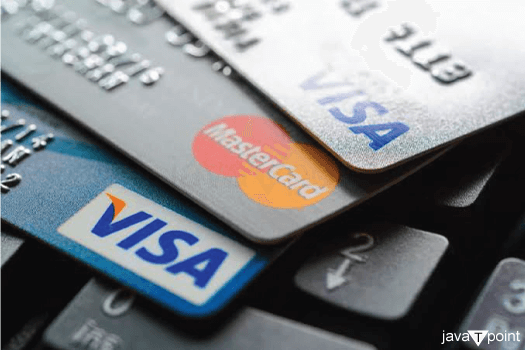
The time frame between when you made a transaction with your credit card and when it's due on your statement is known as the grace period. There are no interest charges during this time, provided you pay your account in full before the due date. However, your card issuer may charge you interest if you carry an outstanding balance from month to month. An annualized cost of holding a balance is represented by your credit card's annual percentage rate or APR. Your interest rate plus additional expenses, including any yearly fees your card may have, are included in your APR. The APR on the majority of credit cards is variable and based on the prime rate. Although the Credit Card Accountability, Responsibility, and Disclosure (CARD) Act of 2009 establishes stringent limitations on when credit card firms can and cannot raise your rate, this means that your card's annual percentage rate (APR) may alter over time. Effect on Credit ScoreCredit scores can be affected differently by different kinds of credit. In order to keep their credit score somewhat high, borrowers should choose to use a variety of credit choices. This suggests that in order to maintain an underutilized credit utilization ratio (CUR), one can diversify their credit options across financial instruments as opposed to depending solely on one. Credit scoring algorithms search through and examine credit reports to assess your credit management. They pay particular attention to things like your credit history, overall debt, credit utilization, credit history duration, credit mix, and recent credit. 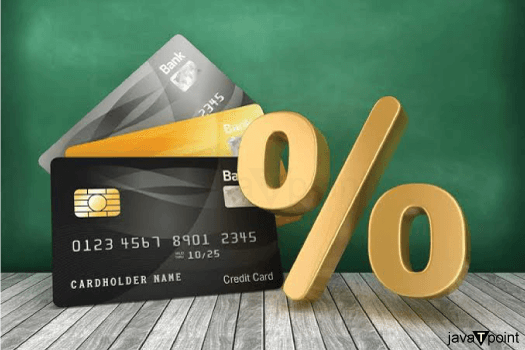
Credit scoring algorithms, like the FICO ScoreTM and VantageScore, evaluate data from credit reports to predict your ability to make timely debt payments. The program searches your credit history using sophisticated algorithms to find indications of both excellent and poor credit management practices. The fundamental elements and their weighting are known to the public, but the calculations used to generate credit ratings are highly guarded trade secrets. Ninety percent of the best lenders use the FICO Score, which is based on certain characteristics and percentage weightings. Although the VantageScore criteria are slightly different, following their guidelines will help you increase your credit score on any credit report that uses credit report data. Difference Between Charge Card And Credit CardDue to their similarity in enabling you to finance items that you will eventually have to pay off, charge cards and credit cards may initially appear to be similar. However, there are some clear distinctions between them, like how payments are made or how much credit is available for use. 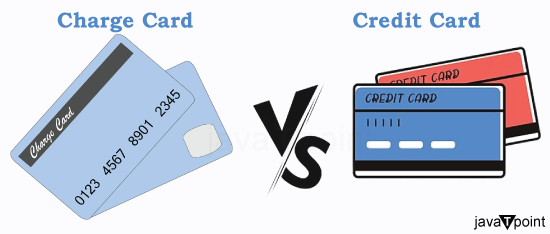
You can pay off your credit card completely each month with smart budgeting and financial management. However, a charge card is a better option for you if you frequently carry a load from month to month. These are the main distinctions between the two kinds of cards and how to pick the one that fits your needs the best.
BottomlineRevolving credit is one area where credit cards are more flexible, but there are drawbacks as well. If one does not exercise discipline when carrying a credit card balance, it might result in an unpleasant level of debt. Conversely, charge cards usually require full payment each month. The issuer may cancel your account and impose a large fee if you are unable to pay off the entire sum. While deciding which kind of card is best for you can be challenging because, among other things, both charge and credit cards allow you to accrue points and establish credit. So, in the end, the choice depends on your needs about funds.
Next TopicDifference Between
|
 For Videos Join Our Youtube Channel: Join Now
For Videos Join Our Youtube Channel: Join Now
Feedback
- Send your Feedback to [email protected]
Help Others, Please Share









